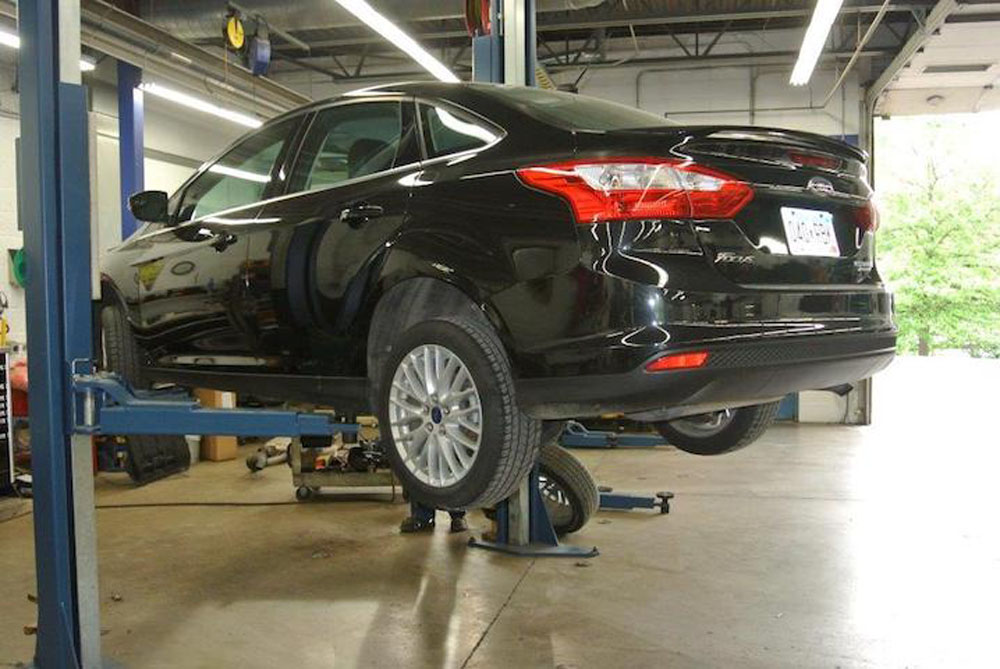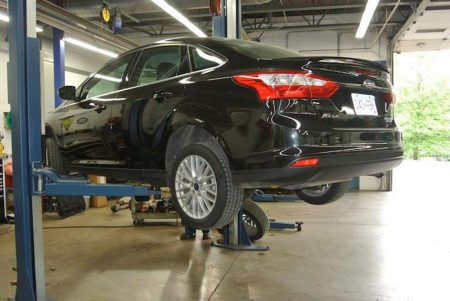
 As winter approaches, you need to prepare your vehicle for the cold weather that is to come during the fall season. It can be rough on your tires, preventing you from having a good grip, and you can also develop cracks in your windshield. So how can you prepare for this cold weather to come? Here are 10 tips that you can use to prepare your car during the fall.
As winter approaches, you need to prepare your vehicle for the cold weather that is to come during the fall season. It can be rough on your tires, preventing you from having a good grip, and you can also develop cracks in your windshield. So how can you prepare for this cold weather to come? Here are 10 tips that you can use to prepare your car during the fall.
1. Check Your Hoses And Belts
The first thing that you want to do is check the hoses and belts for leaks, cracks and standard wear and tear. You need to make sure there is no glazing, fraying, or splitting. This is one of the largest problems, along with overheating which can be caused by faulty belts. During the summer, or really any time of the year, you could experience these difficulties.
2. Examine Your Fluid Levels.
Your fluid levels need to be monitored throughout the year. You also should check on your transmission fluid, windshield washer fluids, power steering fluids, and your break fluids. It’s very important so that your car runs as smoothly as possible. Your window washer fluid is essential if you want to maintain good visibility. The transmission fluid is going to help your engine stay cool. The coolant that is in your engine can help regulate the temperature, whereas the brake fluid is a lubricant that can prevent corrosion. The power steering fluid in your vehicle allows you to operate your car optimally.
3. Regularly Check Your Tires
Look at the overall condition of your tires including checking the inflation and tread. If you can, rotate your tires so that the wear and tear is even on both sides. Make sure there is a proper amount of air in your tires. Tire pressure is very important because during times of the year when there is cold weather, they can lose their quickly. You simply have to make sure that this is checked and that your tires are the right ones.
4. Get Ready For Cold Weather
Getting stranded, at any time of the year, can be problematic. When it is cooler, you certainly need to have access to roadside service. This will allow you to take care of any situations that occur. It is important to stock your vehicle with certain items including:
• Gloves
• Ice scraper
• Blanket
• First aid kit
• Jumper cables
• Flashlight
5. Examine Your Oil.
Your oil should be changed regularly, at specific intervals. You can determine what that interval is based upon the manufacturer and also where you tend to drive and how much. Every 3000 miles it is recommended that you change your oil. If you are using synthetic oil, this will be better for your vehicle in certain circumstances. You should have an oil monitoring system on your vehicle that can help you monitor this.
6. Monitor The Heat
Make sure your heating system is properly functioning. You don’t want to have this not working when it gets cold. Check to make sure that the defroster works. If your windshield is fogging up, it will make it unsafe to drive. If these need to be repaired, go to a local repair shop to have this done.
7. Examine Your Brakes.
Brakes should always be checked during the fall and prior to the winter seasons. It is essential if you want to drive safely. Break problems can definitely manifest during cold weather, and it is necessary that they work because roads can become covered with ice or snow. You should listen for unusual noises which will indicate that the brake pads are not working.
8. Install Floor Mats Designed For All Weather
All weather floor mats should be installed in your car. These will last longer and can withstand grime, dirt, snow, and water that can come in. These mats are going to also do better when it comes to spills and stains. General wear and tear will not affect these mats by cheaper ones. You can use them throughout the year, instead of just during the colder months.
9. Check Your Lights
Walk around the outside of your vehicle. Be sure that all of your lights are functioning including your flashers, brake lights, taillights, headlights, and test them to make sure they are functioning. If something needs to be replaced, it is usually a bulb that is easy to fix. This will allow other drivers to see you on the road, even if the weather conditions have led to low visibility.
10. Examine Your Battery
The battery should be checked to look for signs of corrosion. You can go to a local auto parts store for a quick diagnosis. In some cases, it will not cost you any money. If you do need a new battery, you can simply get a new one to replace it. Your battery is essential if you want to start your vehicle.

